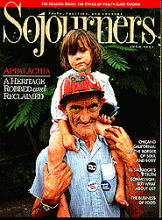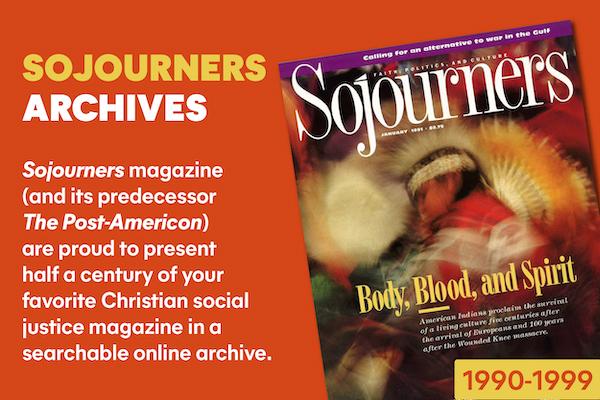The demands of some 25,000 internally displaced Guatemalans are not overly ambitious. They want to be recognized as a civilian population of campesinos and be left alone. They want to plant crops, build schools, chapels, and clinics, and sleep at night with the confidence that the military will not bomb or burn them or force their population to relocate. They desire the political space to participate in transforming Guatemala from a militaristic society into a civilian one.
Communities of Population in Resistance, or CPRs, are pockets of Mayan Indian civilians who narrowly escaped the burned villages and mass killings of the government's "scorched earth" campaign in the 1980s. Instead of crossing the Mexican border to find sanctuary (as thousands of refugees did, many of whom are extended family of those in the CPRs), they have held claim to Guatemalan soil, charging the Guatemalan constitution and international law to protect their rights as a civilian population. The CPRs have settled in the secluded--but guerrilla-warfare entangled--Ixcan jungle and highland regions of Guatemala.
The Guatemalan government has tagged the CPRs as the political arm and social encampment of the rebel Guatemalan National Revolutionary Unity (URNG) movement. The government army has burned the houses, bombed the villages, and strafed the farming land of the communities since they first settled in the jungle in 1982.
The communities recently invited a delegation to bear witness to their claim as a civilian, non-combatant population. The diverse 400-member group, of which I was a part, marked the first land visit to observe the CPRs and staged the largest media event around an otherwise well-kept secret.
Read the Full Article

